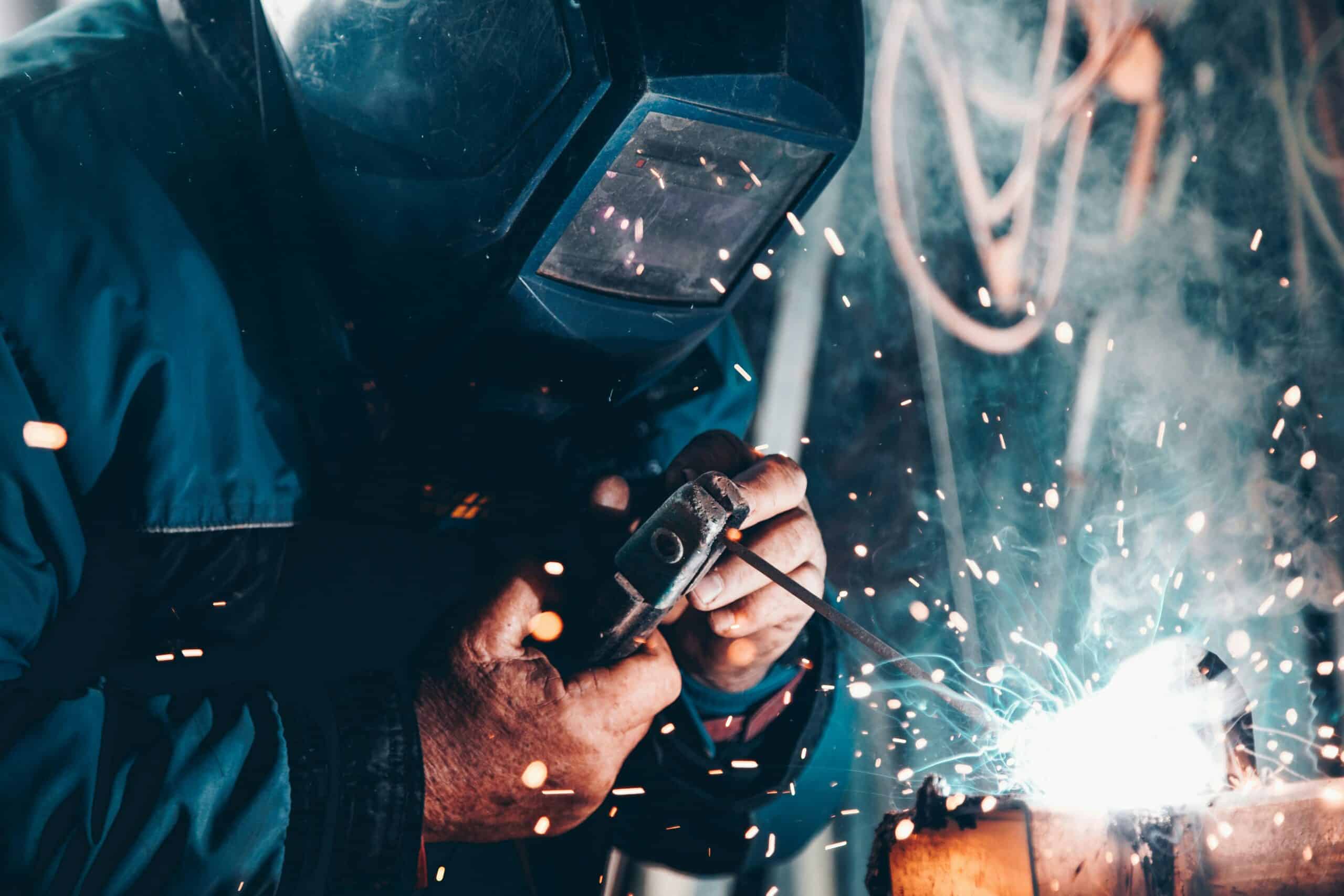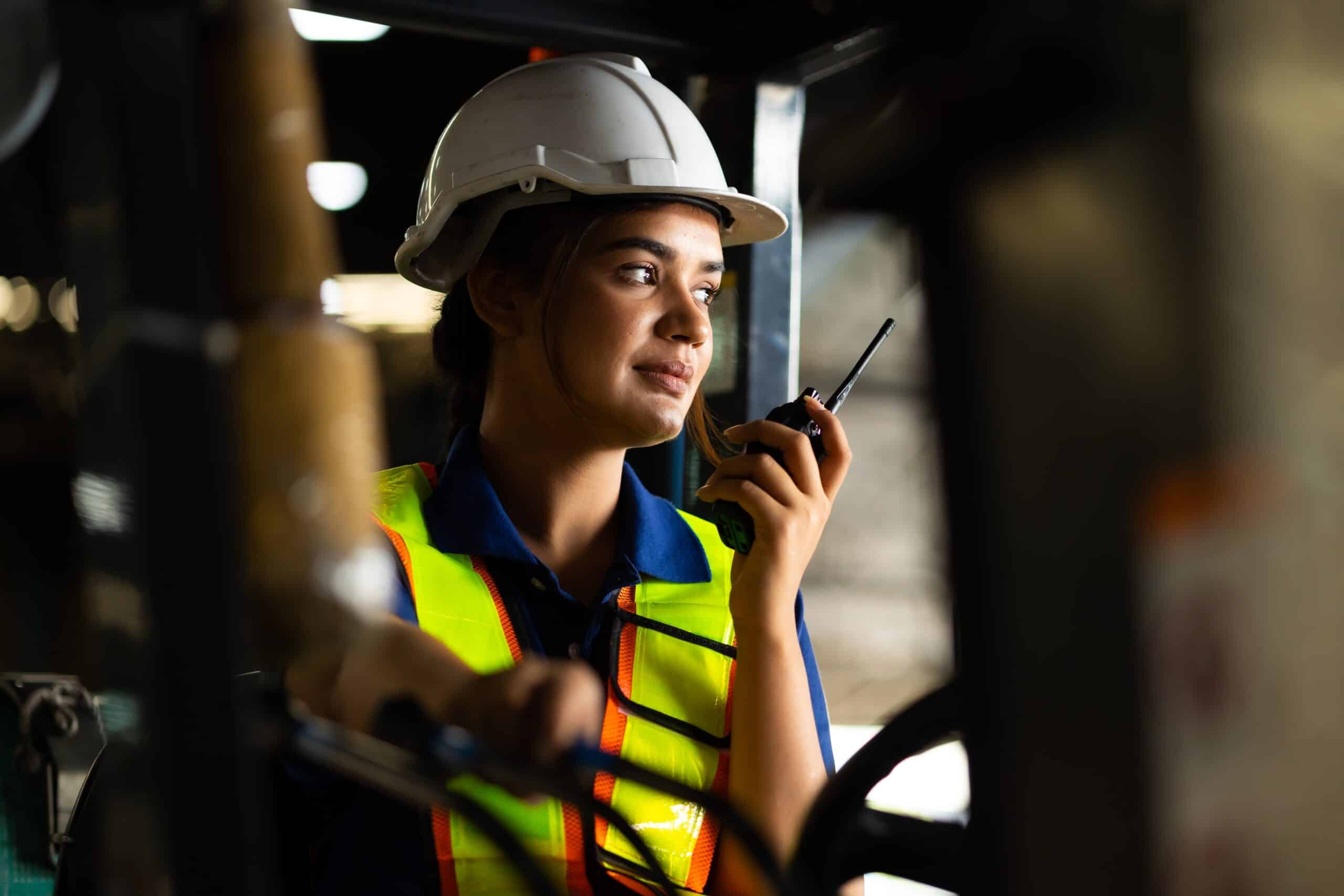
Lone Workers Protection (IWP): 3 key points to know
Share this article
Contents
Share this article
1. Understanding the employer's legal obligations
In France, employers are required to ensure the safety and protect the physical and mental health of their employees, including those working in isolation. According to article L. 4121-1 of the French Labor Code, employers must take the necessary measures to ensure the safety and protect the health of workers. More specifically, article R. 4543-19 stipulates that a lone worker must be able to report any situation of distress and be rescued as quickly as possible. Read the full article on Légifrance.
This means that the employer must :
-
Identify isolated work situations: Identify jobs or tasks where employees are out of sight and hearing of their colleagues.
-
Assess the associated risks: Analyze the specific dangers associated with these situations, such as accidents, discomfort or aggression.
-
Implement preventive measures: Provide isolated worker alarm devices (IWADs), draw up emergency procedures and provide appropriate training for the employees concerned.
"A lone worker must be able to report any situation of distress and be rescued as quickly as possible."
2. Choosing the right lone worker protection devices
The selection of a lone worker protection device must be adapted to the risks identified and the specific features of the workstation. Available options include :
-
Isolated Worker Alarm Devices (IWADs ): These devices enable the employee to trigger an alarm in the event of danger. Some models automatically detect abnormal situations, such as loss of verticality or prolonged immobility.
-
Communication systems: Mobile phones, walkie-talkies or dedicated mobile applications ensure constant liaison with a supervisory team or emergency services.
It is crucial to ensure that these devices are operational, regularly tested and that workers are trained in their use.
Identify specific job requirements
Before choosing a device, it's important to understand the specific needs of each position.
These needs may depend on :
- The nature of the tasks performed (handling, maintenance, inspection, etc.).
- Level of geographic or organizational isolation.
- Potential hazards, such as falls, exposure to hazardous substances or risks of aggression.
Adapting PTI devices to specific environments
Some work environments present unique challenges for lone worker protection:
- Indoors: Technologies such as Wheere 's indoor geolocation solution enable precise tracking even in buildings where conventional GPS doesn't work.
- Outdoors: DATIs must offer high autonomy and optimum network coverage.
- Hazardous environments (ATEX): Equipment must be certified for safe operation in explosive or hazardous areas.
3. Integrating the ITP into an overall prevention approach
Isolated worker protection is not limited to the installation of technological devices. It must form part of an overall occupational risk prevention strategy, including :
-
Training and information: Make isolated workers aware of the specific risks of their workstation and the procedures to follow in the event of an emergency.
-
Emergency organization: Draw up a precise intervention plan, defining the roles and responsibilities of each person in the event of an alert, and ensure a rapid response.
-
Regular monitoring: Implement procedures for periodically checking the health and safety of lone workers, such as regular telephone contact or site visits.
Indoor geolocation: an asset for protecting lone workers
Integrating indoor geolocation into a PTI system offers significant benefits:
-
Precise location in real time: in the event of an incident, knowing the exact position of the worker enables rapid, effective intervention.
-
Proactive monitoring: Tracking movements can help to identify risky behavior or dangerous areas, enabling greater prevention.
-
Integration with existing devices: Geolocation can be combined with DATIs for enhanced protection.
The Wheere solution stands out for its precise indoor geolocation technology, offering sub-meter coverage with minimal infrastructure. It tracks the position of isolated workers in real time, guaranteeing their safety even in complex environments.
Sources and useful links
- Légifrance https://www.legifrance.gouv.fr
- INRS (Institut National de Recherche et de Sécurité) https://www.inrs.fr
- Law Accounting Management https://www.droit-compta-gestion.fr
Did you like it?
Share it and discover other articles you might also like!
- News
- Articles
- Articles


